13 MIN READ
From Singapore to Hong Kong, how urban farming can help tackle food waste — but is it enough?
BY DERRICK A PAULO, RUTH SMALLEY AND CHRISTY YIP FIRST PUBLISHED IN CNA, 15 APR 2021
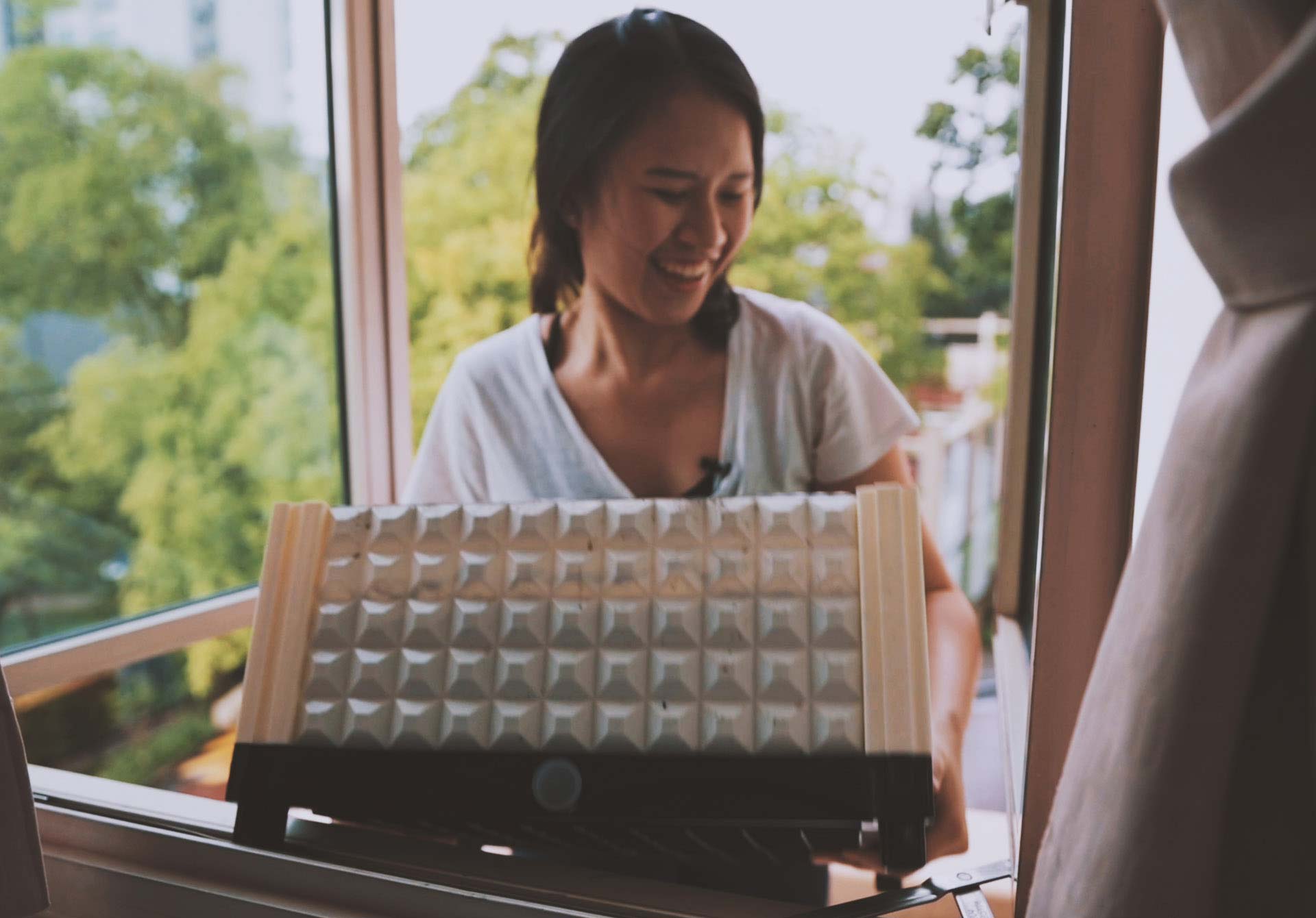
A disconnect between consumers and their food supply chain has led to wasteful ways in cities like Singapore and Hong Kong. In the last instalment of a three-part series, CNA Insider, in partnership with DBS, looks at how bringing farming to the urban jungle may be an antidote — if it can change mindsets.
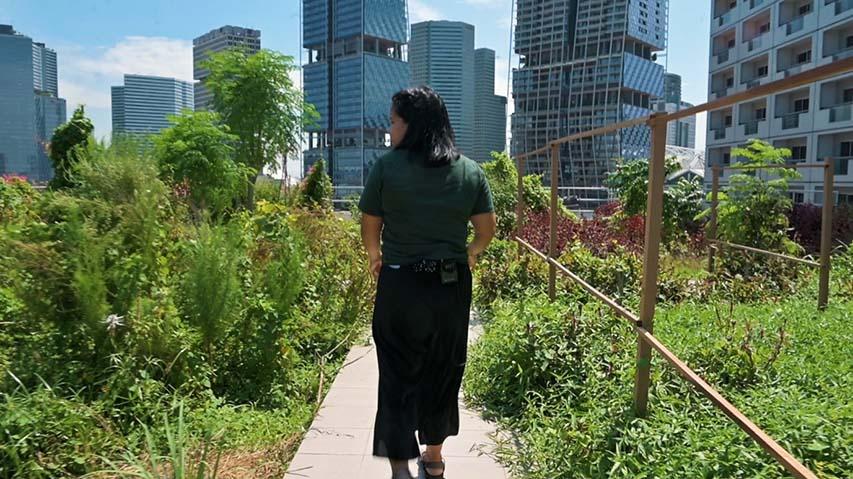
An urban farm in Singapore, on the rooftop of Raffles City shopping centre.
SINGAPORE and HONG KONG: As an urban farmer, Andrew Tsui values his relationship with food. And he frets that many humans of Hong Kong and Singapore, the two cities he grew up in, do not.
The problem, according to the 43-year-old, is the “instant-noodle city lifestyle”.
“If we need something today … we can either use our smartphone (or) go downstairs. There’s always a convenience store,” he said. “Food becomes a lifeless thing that’s being put on the shelf.
“And the moment we kind of productise food, it’s the start of the broken relationship.”
It is this “consumer mindset”, for one thing, that leads to over 3,600 tonnes of food — the weight of about 250 double-decker buses — being thrown into Hong Kong’s landfills every day.
In cities like Hong Kong and Singapore, more than half of food wastage happens at the retail and consumer stage.

Hong Kong residents generate more food waste than any other category of municipal solid waste.
Ever tossed half-eaten food into the bin? Or stuck some vegetables in the fridge and forgot about them until they had wilted, only to shrug it off and buy new provisions?
Singaporean Amanda Woon remembers one time she was with her boyfriend at a supermarket. “I dropped this apple … and he was like, ‘(It’s) spoilt already, don’t buy,’” recounted the 24-year-old.
Changing these mindsets to rebuild city dwellers’ relationship with food is one of the solutions that Andrew and others like him have been pursuing for some time. And they are doing it by bringing food production to the city.
The urban farming movement is not only catching on, but also addressing several issues at the heart of food wastage, CNA Insider finds out.
WATCH: Can urban farming fix our broken relationship with food?
CULTIVATING AN ATTITUDE ADJUSTMENT
While food loss happens at every stage of the supply chain, attitudes in industrialised countries often cause wastage at dining tables.
“Perhaps one of the most important reasons for food waste at the consumption level in rich countries is that people simply can afford to waste food,” stated a report from the United Nations’ Food and Agriculture Organisation.
There is also a danger of children growing up “largely desensitised to the issue of food waste”, warned Singapore University of Social Sciences senior lecturer and psychologist Tania Nagpaul.
“Generational amnesia is something that scientists are talking about a lot these days … Younger generations are completely oblivious to what life was perhaps 20 years before they were born.”
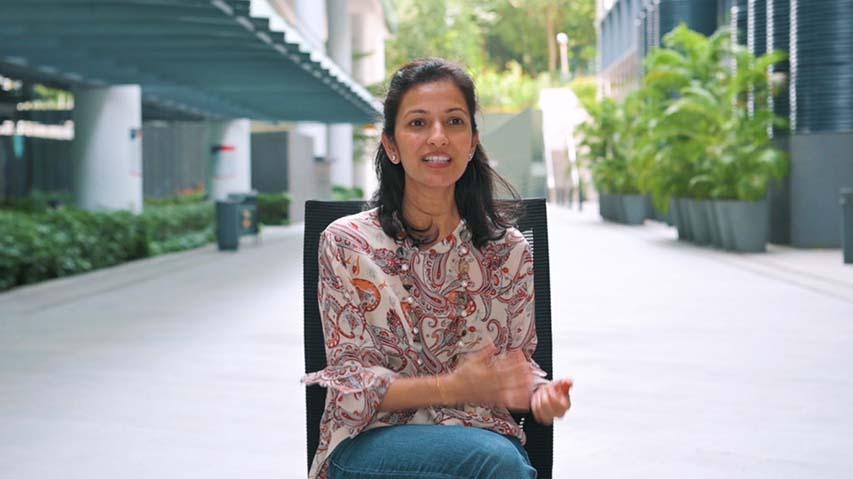
Tania Nagpaul lectures at the university's S R Nathan School of Human Development.
In the context of food, affordability is not the only salient fact — with food so conveniently at hand, people do not need to think about how it is actually grown, even animals.
“I wouldn’t be surprised if the way supermarkets portray food becomes the norm for our younger generations because this is what chicken means to them, and they’ve not really ever seen a live chicken,” said Nagpaul.
In short, the effort and resources needed in food production may be beyond their imagination, for example the time it takes to grow potatoes (up to 120 days) and the amount of water to produce a kilogramme of apples (822 litres).
Is there a way, however, for things like that to come into people’s mind, say, when they see a bruised apple? Michelle Hong thinks so.
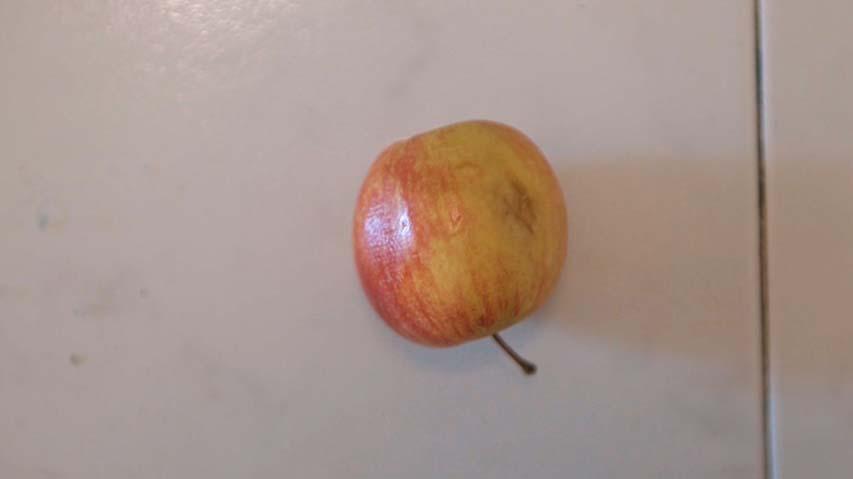
How do you feel about this apple?
“The main solution that I could see was to bring the farms into the city rather than bringing the people into the farms out there,” said the Singaporean co-founder of Hong Kong social enterprise Rooftop Republic.
“The idea for us when we first started out … was to make farming very commonplace.”
Since 2015, Rooftop Republic has been helping organisations to design and run their own urban farms on top of their office buildings, hoping to expose city folk to the basics of food production.
The difference that makes, she said, is “you’re connected to food on a daily basis, in proximity to where you live, where you work and where you play”.
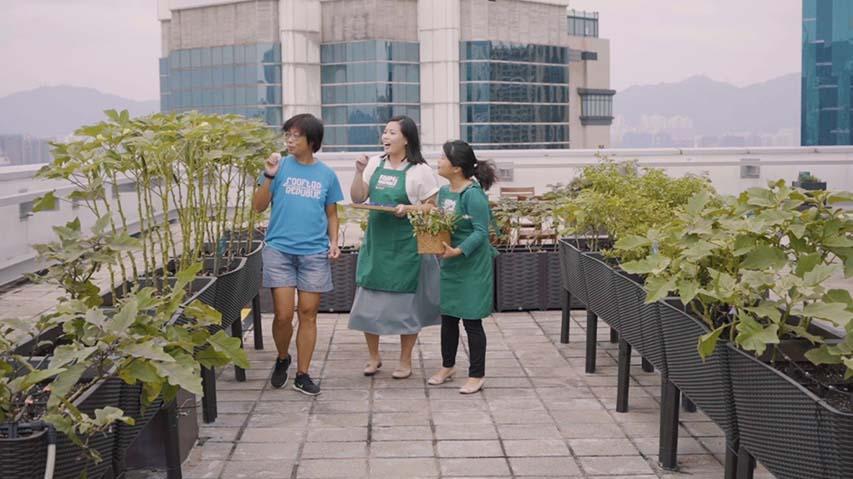
One of the gardens started by Rooftop Republic.
And it fits into the sustainability practices of more and more companies nowadays, like developer Sino Group, which is integrating urban farming across its property portfolio.
“We treasure the food and the produce that we can harvest together,” said the company’s senior sustainability manager, Melanie Kwok.
“In a city area like this, we can actually set aside our worries … and just enjoy nourishing the mind and body.”
Over in Singapore, Edible Garden City is on a similar mission, helping to set up farms in schools, malls and office buildings since 2012. Both Rooftop Republic and Edible Garden City are DBS Foundation grant winners.
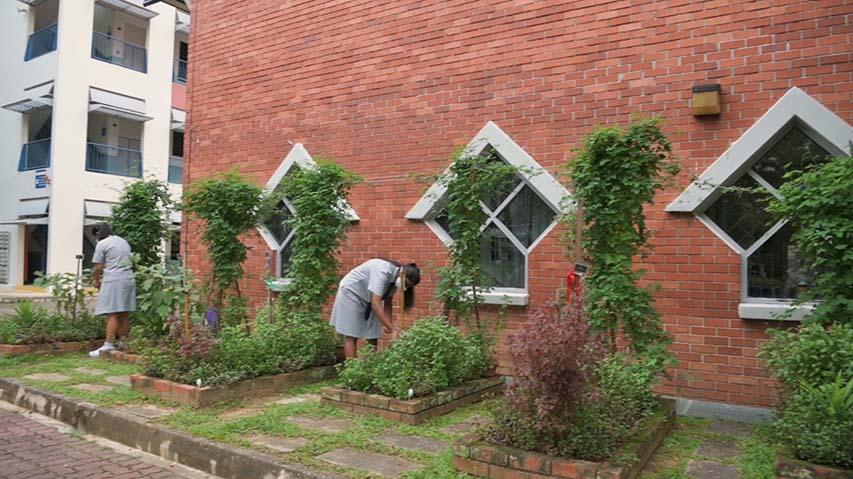
Jurong Secondary School students' edible garden, completed with help from Edible Garden City.
“We want people to experience the entire process of growing their own food and … how hard it is,” said Bjorn Low, the social enterprise’s 39-year-old co-founder.
“It’s that individual journey they have to go through to make them appreciate food a little more.”
HOME GROWERS
There is also a movement of home growers building up in Singapore, going by the urban farming groups sprouting online, with members ranging from beginners to advanced gardeners and living even in small flats.
Woon, for example, started growing pak choi and kangkong (water spinach) on her balcony in September.
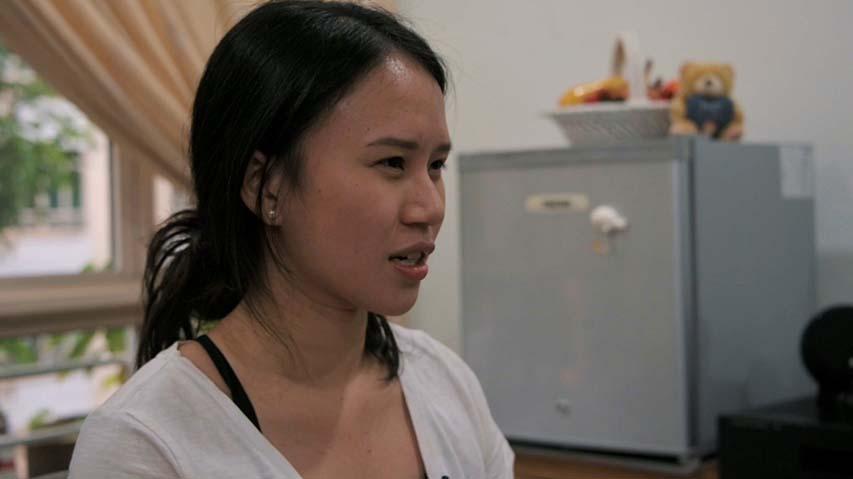
Amanda Woon.
“I wanted to engage with the process of growing (food) so that I could understand what it feels like, what it means to produce my own food and to allow that to feed my family,” she said.
But her first few attempts did not go smoothly. “Every single morning, I’d wake up and (be) like, ‘Why aren’t you sprouting yet?’” she recalled. “You should be germinating in three days, and why aren’t you doing that?”
After having to wait, her seedlings turned out limp. “I got very anxious. I was like, ‘Oh my God, I can’t fail,’” she said.
“I think I put more effort into growing kangkong and bok choy than I did for my A levels.”
When she finally got to see her plants grow from “this small dot” into luscious vegetables, she was “wowed”.
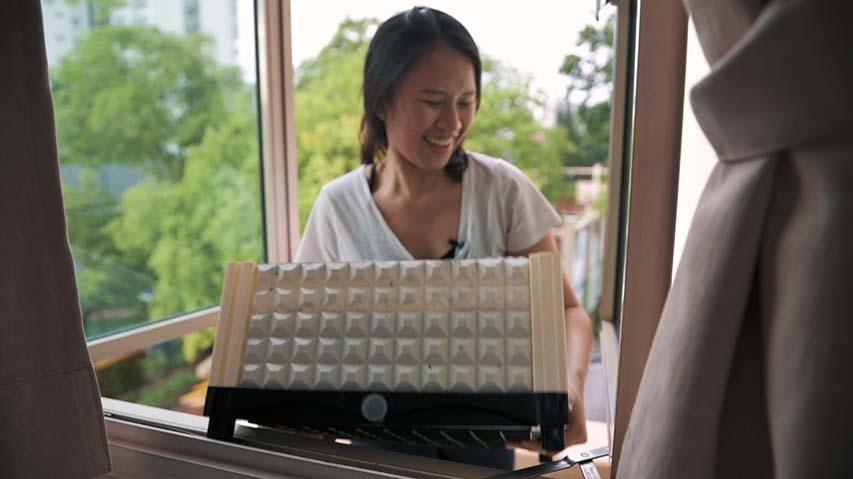
Bringing her growths out to her balcony.
But did growing her own food really make her waste less? “When I was younger, I didn’t eat a lot of stems … Now I’m like, ‘You know what? Just eat it,” she cited.
“I appreciate what I’m eating and therefore I just eat the bulk of it as much as I can.”
Another home grower, Gerald Foo, realised that with his own vegetables, fruits and herbs within reach, he buys less in the supermarket and thus wastes less.
“In the past, when I wanted to cook a pasta or something, and I needed … basil or parsley, (I’d) pop down to the shops. And you know you’ve got to buy a whole packet,” said the 44-year-old.
“The rest (of the packet) ends up going to waste, whereas now I grow my own stuff … I just go and cut up (what’s needed).”

Gerald Foo snipping his veg.
It makes his family more aware of their “impact on nature”, like the carbon miles of their food purchases.
“We’d think about … the meals that we’re going to cook in the next two or three days. And what do we need to make those meals? And then we’d buy just those things,” he added.
Having become conscious of every bit of waste they generate at home since they started growing food, both Woon and Foo are composting their scraps.
“We most recently thought about food waste as … the ends of our vegetables (that we cut off). That’s also food, and it’s now being used productively,” said Foo. “It becomes fertiliser for the next thing that I want to grow.”
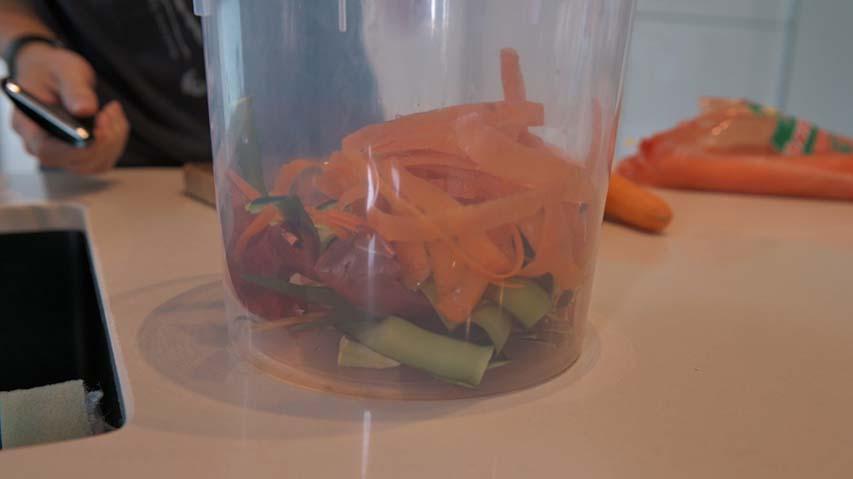
This container usually fills after a couple of days and is emptied out into Foo's compost bin.
Woon even has about 100 worms to produce vermicompost. “My parents also started saving their food peels for my worms,” she said proudly. “They’re aware that this is important for growing.
“Food isn’t a linear process … There’s a way of making things exist in a more circular manner.”
GOING NATIVE
Urban farming is not just about changing the way city folk value food, however; it has a hand in reducing global food wastage because “it offers an alternative supply chain”, said food waste expert Daisy Tam.
Singapore and Hong Kong currently import more than 90 per cent of their food, and this supply chain is flawed.
“In the global food system, food loss and food waste happen at every step of the way, from the field — from production — to distribution to storage,” noted Tam, an assistant professor at Hong Kong Baptist University.
“Because the supply chain is so long, we’re inevitably participating in a very wasteful system. So shortening the supply chain is one way of not participating in that.”
Notably, urban farming is one of the areas in Singapore's Green Plan — unveiled last month — where there will be initiatives to strengthen the Republic as a location for global and local companies to develop new sustainability solutions.
Growing the demand for native edible plants may have a part to play in that effort.
Some of the vegetables Singaporeans like to eat, such as choi sum, pak choi and kailan, “aren’t climatically suited for Singapore”, pointed out Low. “They’re nicer to grow in colder climates.”
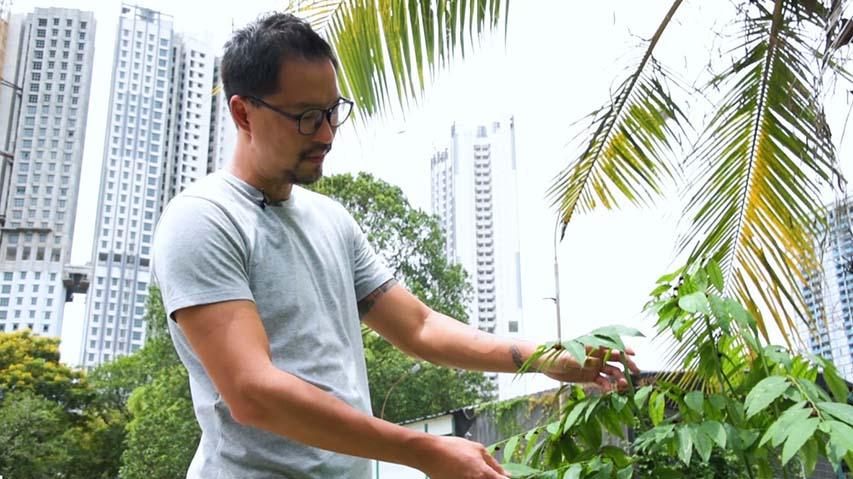
Bjorn Low with a sayur manis plant. It is also known as mani cai.
On the other hand, food such as sayur manis, ulam raja (a herb) and cat’s whiskers (another herb) grow well on the island. “(It’s) so much more ecological to grow those because they’re perennials — they don’t need re-seeding,” he said.
Paying more attention to long-neglected local species could then be a way to replace more imports. The idea is to “create a more productive landscape” beyond just urban farms.
“Instead of growing an ornamental tree, perhaps we could be growing a food-producing tree,” he suggested. “Instead of having a green plot ratio, could we come up with a nutritional index?
So if we plant one moringa tree (horseradish tree), how much protein is that producing for the community?
There are already more than 1,600 community gardens across Singapore, so he has hopes of seeing increased decentralisation in the food system. “Perhaps more community farms can also be their (supermarkets’ and wet markets’) source of supply,” he added.
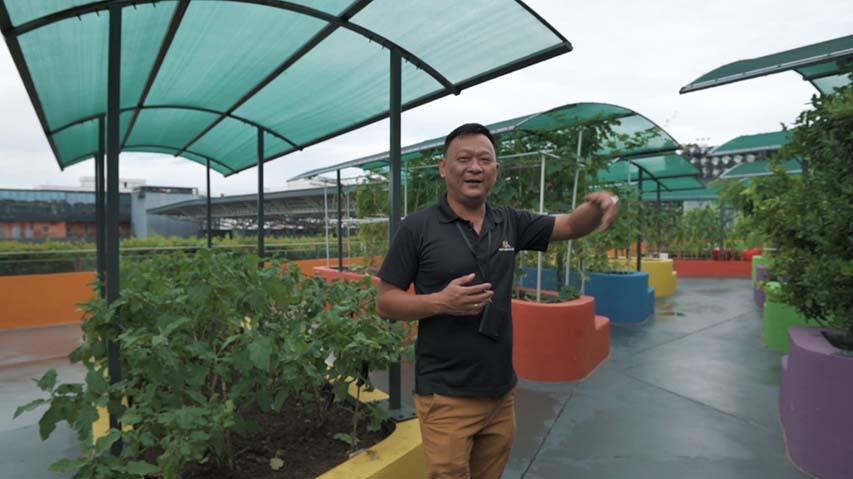
A community garden at Our Tampines Hub. Tony Tan is the venue manager.
These are opportunities not to be sniffed at in cities like Singapore or Hong Kong, believes Tsui — not when the COVID-19 pandemic has shown that relying “so heavily” on the “global industrial food chain” can leave populations vulnerable to disruptions.
“There are a lot of other untapped spaces, like car parks, like playgrounds, like other open areas,” said the chief executive officer of Rooftop Republic and also Hong’s husband.
“We truly believe that (by) tapping into those untapped resources … we’re able to actualise and implement a local, decentralised food system.”
So far, the social enterprise has converted 65 rooftop spaces into productive farms spanning 70,000 square feet, and worked with clients including hotels and restaurants. The potential cultivable space on Hong Kong’s rooftops, however, soars to six million square metres.
“That area is equivalent to the land that’s currently being farmed in Hong Kong,” noted Hong. “Essentially, if we were to convert all the rooftops into farms, we’d be doubling the amount of food that Hong Kong is producing.”
MORE WAYS TO GET INVOLVED
To get more people involved and create more talent for future urban farms, the Rooftop Republic Academy was started in 2019 with support from the DBS Foundation. It offers workshops for beginners as well as professional vocational courses.
“The idea behind the academy is … for city dwellers from all walks of life to get their foot in the door,” said Rooftop Republic co-founder Pol Fabrega, 56.
Looking at how far they have taken urban farming, Hong said the co-founders are “very encouraged”.
“I quit my job (in communications and advertising) to start Rooftop Republic. And I was like, ‘Oh dear, after … one year, am I going to (have to) eat my own veggies to survive?’” she recalled with a laugh.
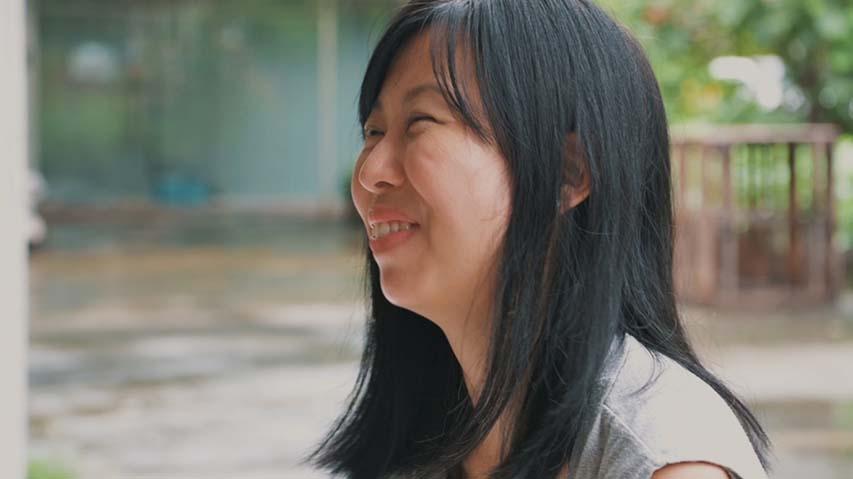
Michelle Hong.
Like her, Low quit the advertising industry when he became an urban farmer. At this point, he is also striving to “build capacity within local people and local spaces”, to ensure that there is “knowledge”, “infrastructure” and “excitement”.
“So when there’s a time of need, everyone can go out and participate in that process. Everyone will have some knowledge of sowing a seed and growing food,” he said.
It may take “some time to unlock it”, thinks Nagpaul, but she does not doubt that urban farming “has a lot of potential” to create a ripple effect.
It helps that growing food at home “doesn’t cost much”, said Woon, who recommended starting with kangkong to those thinking of giving it a shot.
“Even if you fail … it’s a matter of just being okay with failure,” she added. “That was also something that I learned.”
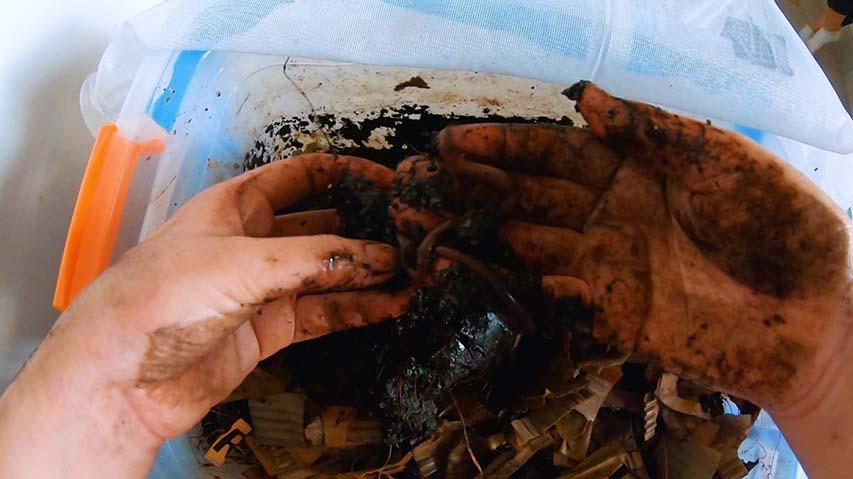
Woon's vermicompost-producing worms.
Still, not everybody gets to grow their own food at home. And one group in Taiwan has found another way to connect consumers directly with their food supply, by letting them share in the experiences of farmers.
On the Buy Directly From Farmers e-commerce platform, consumers can adopt a plot of land and watch, in real time, as farmers battle with the elements to plant and harvest crops.
“You’d be able to better understand the difficulties,” said the social enterprise’s founder, King Hsin I. “Then (consumers) would cherish their food better. When they make their choices, they won’t choose perfectly round pears or perfectly red apples.”
Also, while shopping on the site, they can get to know the growers and put a face to the food they buy.

One of the farms in Taiwan.
Buy Directly From Farmers goes so far as to advise consumers that every bit of their vegetable or fruit, right down to its skin, can be eaten.
For example, one can fry eggs with dragon fruit peel or cornsilk, and “it’s delicious”, cited King. “Then you’d reduce a lot of food waste — you make good use of the food that’s grown … for months.”
Last year, when the social enterprise launched food boxes that included seemingly unusable products, DBS was “very supportive” in buying boxes, she added.
Consumers, too, can support enterprises like this that are fighting against food wastage. They can also shop differently by buying only the groceries they need and not throw away food that is slightly blemished or close to expiry.
It seems such a big, global problem, but the man or woman in the street can make a difference.
“Whether (by) exercising our consumer rights and requesting different practices (in) the shops, to voting with your dollar and buying in different places … to lobbying or advocating different practices, these are all ways in which we can participate,” said Tam.
This article by CNA Insider was done in collaboration with DBS.
DBS Foundation provides holistic support to businesses of impact, including the flagship Social Enterprise Grant Programme. Applications for 2021 are open, click here to find out more.
Learn more about how you can continue your journey #TowardsZeroFoodWaste.
Find out more about DBS’ other partnerships and initiatives #TowardsZeroFoodWaste.